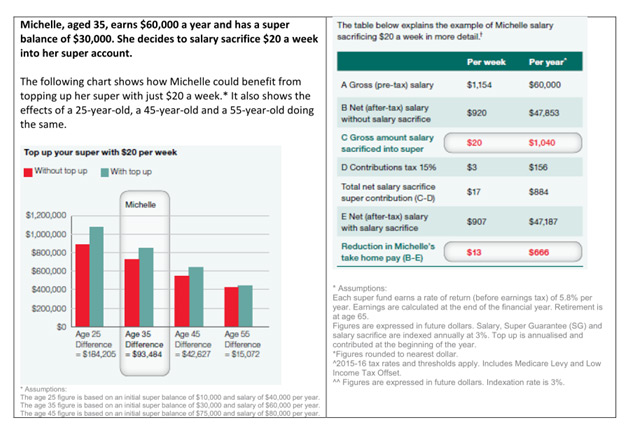Most fights in marriages stem from money. Whether you have a lot or a little, if both parties don’t agree with how the finances are being spent, then there are going to be bumps in the road.
More often than not, one person will be wholly and solely responsible for the financial management of the household. That isn’t necessarily a bad thing if you’re both aware of what’s going on, and are on the same page. If, however, disagreements about money are a common occurrence in your home, then I daresay there are a few extra things you could be doing to ensure your finances are on track, and your marriage is free from financial squabbles. Here are 5 ways to be equal partners in your marital finances.
1. Have a meeting
I know it sounds a touch overboard, but I can tell you from experience, that communication is the key to success. It is important in any partnership where your finances are combined to have an open and honest discussion about money. This includes how much you have, what you need to live on, and what you are ultimately trying to achieve.
You need to think big picture here. Are you trying to retire by 40, did you want to invest, pay cash for the school fees? There is no right or wrong, but you need to agree together. Two people working towards a goal will get you where you need to go faster and keep you accountable to someone else.
2. Figure out the mandatory costs before you think about savings
Contrary to popular belief, it is more beneficial to figure out the mandatory living expenses before you decide how much you are going to save. If you don’t have a good idea of all of life’s costs like electricity, clothes, rent, food and petrol, how can you realistically decide how much you are going to be able to save.
Write down every expense that you would normally have throughout the year. Be honest, and be thorough. Once you have that figure (either yearly, monthly or weekly, it’s up to you), you can then figure out what you are left with to save. This is a more realistic idea as to what you can comfortably save whilst still ensuring all of your expenses are taken care of, and you never have to dip into the savings to keep yourself afloat.
… Communication is the key to success. It is important in any partnership where your finances are combined to have an open and honest discussion about money
3. Be understanding of your partner’s expenses
For partnerships to work well on the money front, you will need to accept that sometimes your partner will spend more on certain things than you, and visa versa. Remember, it’s their money too, so if it’s important for your partner to have money to play golf, for example, then don’t discount it straight away. If it’s available within the budget and you can still achieve your other goals, it’s important to be flexible. Remember it works both ways, so having a level of understanding of what is important to each other is all part of the communication process.
4. Get a third party point of view
Typically, having these types of conversations can be foreign to many people. Speaking to a professional financial planner can be a good way to nut out the important goals and get some direction. It will also help because a professional will be able to help you with the correct structuring and figuring out what is actually achievable.
5. Plan for emergencies
Regardless of how thorough you are with planning your expenses, there will always be some unexpected nasties along the way. Having a small cash buffer set aside to fund these gremlins will mean that you can sleep easy. If something comes up, then there will be no fights or stress about where the money is going to come from.
At the crux of all of this, it’s really about communication and being on the same page financially. Spend some time to work through it together, set in motion a plan that you both agree on then commit. These simple steps should alleviate some of the stress that comes along with managing the marital finances but will also help you manage your money in a more realistic way.
Featured image via Pixabay under Creative Commons CC0








